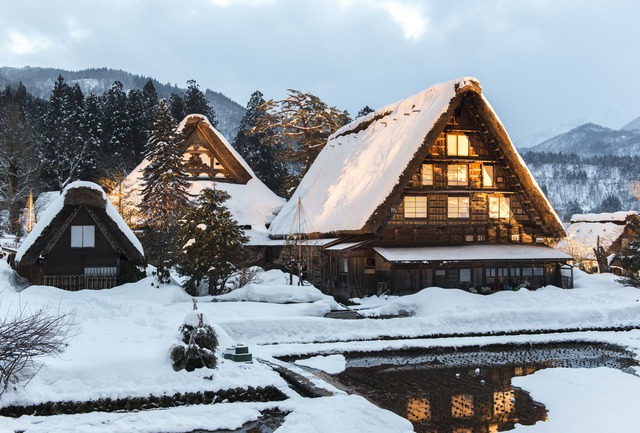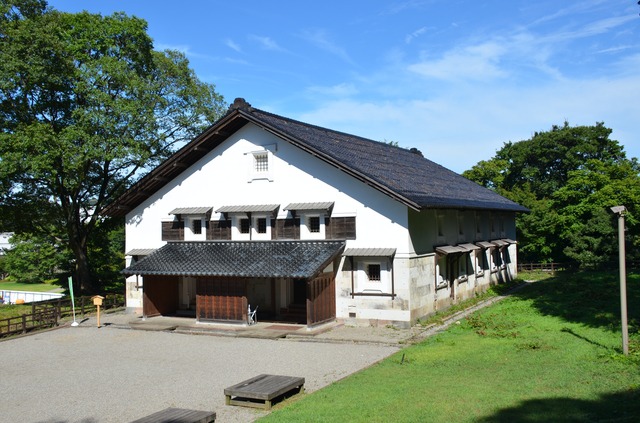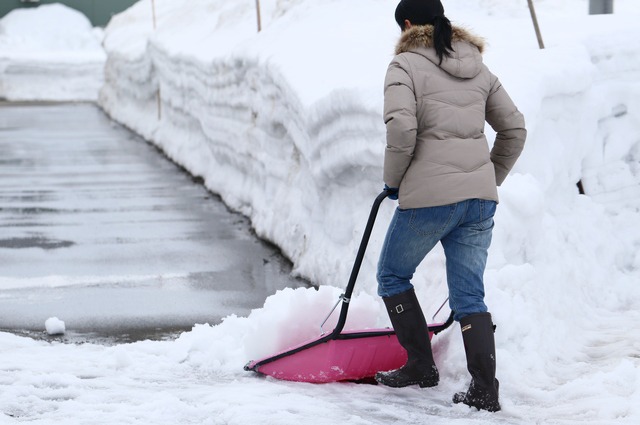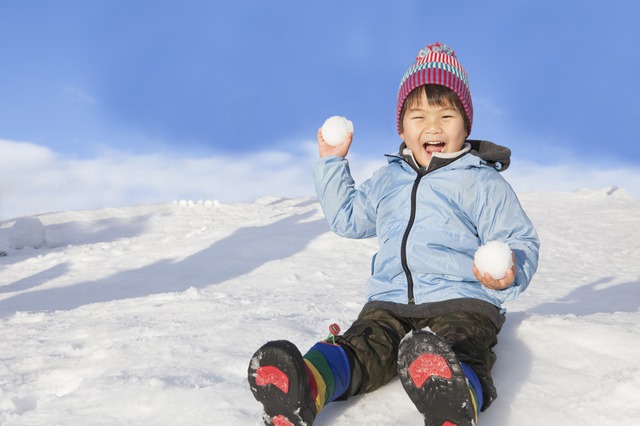
Good to Know Before You Visit! Facts About Spending Winter in Hokuriku With Heavy Snowfalls
Made up of Toyama, Ishikawa, and Fukui Prefectures, the Hokuriku region is an area with one of largest snowfalls in Japan, owing to its geography that has it facing the Sea of Japan. Below are some bits of old-fashioned knowledge that have been passed on from generation to generation that will help you get through the harsh winter in Hokuriku.
This post may contain affiliate links. If you buy through them, we may earn a commission at no additional cost to you.
Why Does Hokuriku Have Such Heavy Snowfalls?
About 60% of the total land area in Japan gets snow during winter, with the majority of these places facing the Sea of Japan, such as Hokuriku, Tohoku, Hokkaido, and San-in regions. Of all these areas, Hokuriku is the one that is known for its overwhelming amount of snow during the winter.
The areas facing the Sea of Japan are more prone to heavy snow due to the effects of the northwestern monsoon that gets stronger in the winter. It stores moisture at the Sea of Japan, and when it hits the mountain ranges that run through the center of Honshu island, it creates clouds while rising, and then dumps the snow. Hokuriku is particularly separated from mainland China compared to Hokkaido and Tohoku, which are also snowy regions, so the distance in which the wind crosses the sea is long and the influence of warm currents is strong, thereby leading to a lot of water vapor in the area. In light of that, Hokuriku has come to be known as the snowiest region of Japan.

Ways to Overcome the Winter
1. Gassho-zukuri
Gassho-zukuri is a kind of house that is characterized by a steep, cone-shaped thatched roof that resembles palms clenched together, with the fingers pointing up. There are villages filled with this kind of house in Toyama’s Gokayama district, which is known as a snowy area that gets as much as 3m of snow during the peak of winter! The roofs of these houses are inclined by 40 – 60 degrees in order to make snow fall as much as possible from them. It is designed in such a way that the weight of the snow does not crush the structure. There is always a hearth inside these houses, and it helps the kaya (grass used for roofs) and ropes used in the house last longer.

2. Kirizuma-zukuri
Kirizuma-zukuri is a kind of roof made up of two sloping roofs that look like an overturned book. It is also a design that is incorporated in gassho-zukuri. Increasing the angle of inclination can help control the amount of snow that piles up on the roof. There are eaves only on two directions, so the position in which the snow falls from the roof can be controlled. This makes it the best design for structures in snowy areas.

3. Yukizuri
Yukizuri is also said to be a typical sight during winter in Ishikawa’s Kanazawa area. Unique to the Hokuriku region, yukizuri is done by erecting supports for trees and lifting their branches with rope to prevent them from being bent by the heavy snow. It is widely used in regular households, but it is especially famous as a feature of Kenroku-en, a garden that is popular as a tourist spot. From November 1 until mid-December each year, yukizuri is done on trees in about 814 spots throughout the region, such as on the famous Karasaki-matsu trees.

4. Snow Dump
A snow dump, or a handheld snow shovel, is an indispensable part of everyday life in snowy areas. It is the most popular snow tool in Japan that is used to remove snow. It is several times bigger than the usual scoop, making it perfect for scooping out large amounts of snow. It has a handle that is pushed by hand, so you can use it by pushing it like a sled.

5. Yukinoshita Yasai
People in snowy regions have come to devise various ways to preserve precious foods during the winter. One such way is the so-called “yukinoshita yasai” – vegetables that are buried in soil, and then covered in snow so they can last the winter. The snow has an adequate amount of moisture and a constant temperature, which is what allows these vegetables last. These vegetables also have the ability to turn moisture into sugar in order to weather the cold season. This means that they are often distinguished by having a condensed sweetness.

6. Fun Snow Activities
There are many ways to have fun in the winter by taking advantage of the snow. The representative snow game is yuki gassen (snowball fighting). It is a game wherein the players are divided into two teams, and then made to hit each other with fist-sized snowballs. People have loved this game since ancient times, but it has also developed into an international sport. The kamakura – a snow hut that is made by hollowing out hardened snow – is another unique highlight of snowy areas. It was originally a structure that enshrined deities in Akita in the Tohoku region, but it has come to be loved as a winter activity in snowy areas. There are even events held where you can enjoy creating kamakura, as well as the magical view of kamakura that are lit up from inside.

When you visit the Hokuriku region during the winter, please take note of the bits of knowledge on living in snowy areas that you will witness in every town.
The information in this article is accurate at the time of publication.




